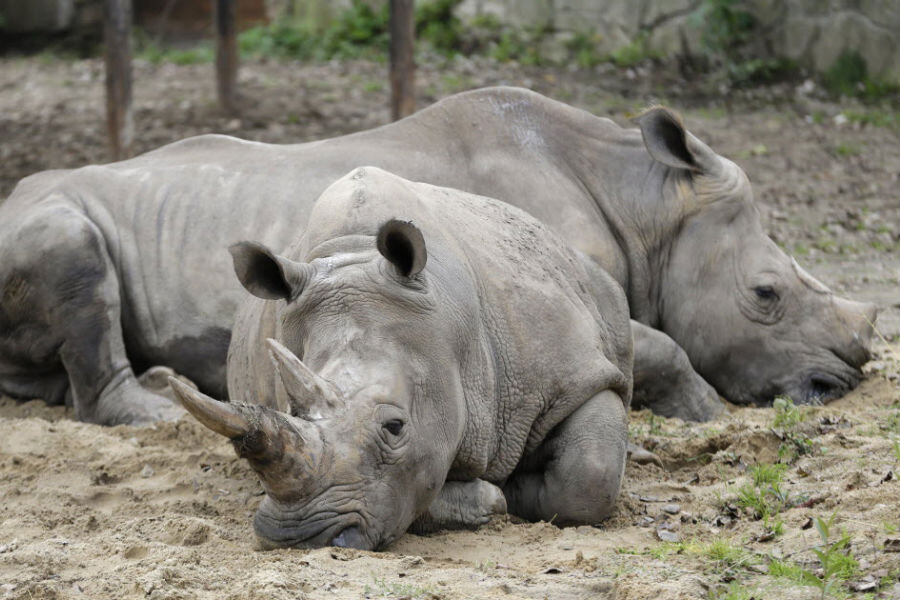Half of global wildlife populations declined since 1970, says WWF
Loading...
Populations of about 3,000 species of wildlife around the world have plummeted far worse than previously thought, according to a new study by one of the world's biggest environmental groups.
The study Tuesday from the Swiss-based WWF largely blamed human threats to nature for a 52-percent decline in wildlife populations between 1970 and 2010.
The conservation group's Living Planet Report, published every two years, said humankind's demands were now 50 percent more than nature can bear, with trees being felled, groundwater pumped and carbon dioxide emitted faster than Earth can recover.
Most of the new losses were found in tropical regions, particularly Latin America.
WWF describes the study it has carried out every two years since 1998 as a barometer of the state of the planet.
"There is no room for complacency," said WWF International Director General Marco Lambertini, calling for a greater focus on sustainable solutions to the impacts that people are inflicting on nature, particularly through the release of greenhouse gases.
"It is essential that we seize the opportunity – while we still can – to develop sustainably and create a future where people can live and prosper in harmony with nature," Mr. Lamberti said in a statement.
Preserving nature is not just about protecting wild places but also about safeguarding the future of humanity, "indeed, our very survival," he said.
The latest Living Planet study analyzed data from about 10,000 populations of 3,038 vertebrate species from a database maintained by the Zoological Society of London. It is meant to provide a representative sampling of the overall wildlife population in the world, said WWF's Richard McLellan, editor-in-chief of the study.
It reflects populations since 1970, the first year the London-based society had comprehensive data. Each study is based on data from at least four years earlier.
Much of the world's wildlife has disappeared in what have been called five mass extinctions, which were often associated with giant meteor strikes. About 90 percent of the world's species were wiped out around 252 million years ago. One such extinction about 66 million years ago killed off the dinosaurs and three out of four species on Earth.
The average 52 percent decline was much bigger than previously reported, partly because earlier studies had relied more on readily available information from North America and Europe, WWF said. The same report two years ago put the decline at 28 percent between 1970 and 2008.
The worst decline was among populations of freshwater species, which fell by 76 percent over the four decades to 2010, while marine and terrestrial numbers both fell by 39 percent.
In the new WWF study, hunting and fishing along with continued losses and deterioration of natural habitats are identified as the chief threats to wildlife populations around the world. Other primary factors are global warming, invasive species, pollution and disease.
"This damage is not inevitable but a consequence of the way we choose to live," said Ken Norris, science director at the London society. "There is still hope. Protecting nature needs focused conservation action, political will and support from industry."
This report contains material from Reuters.





